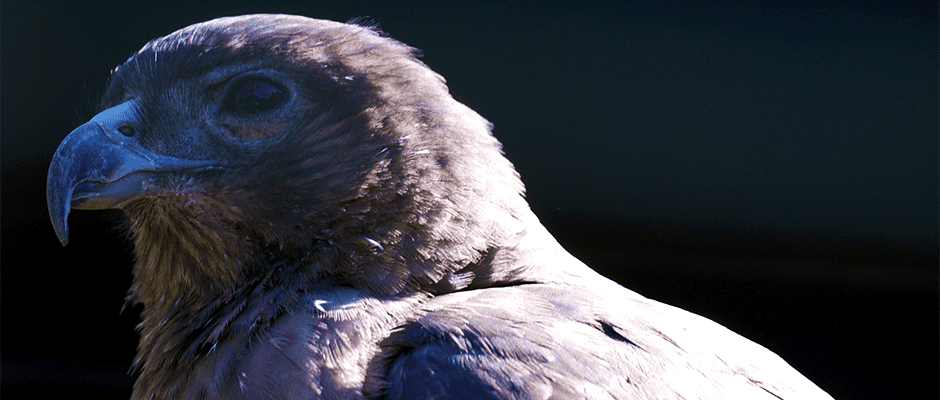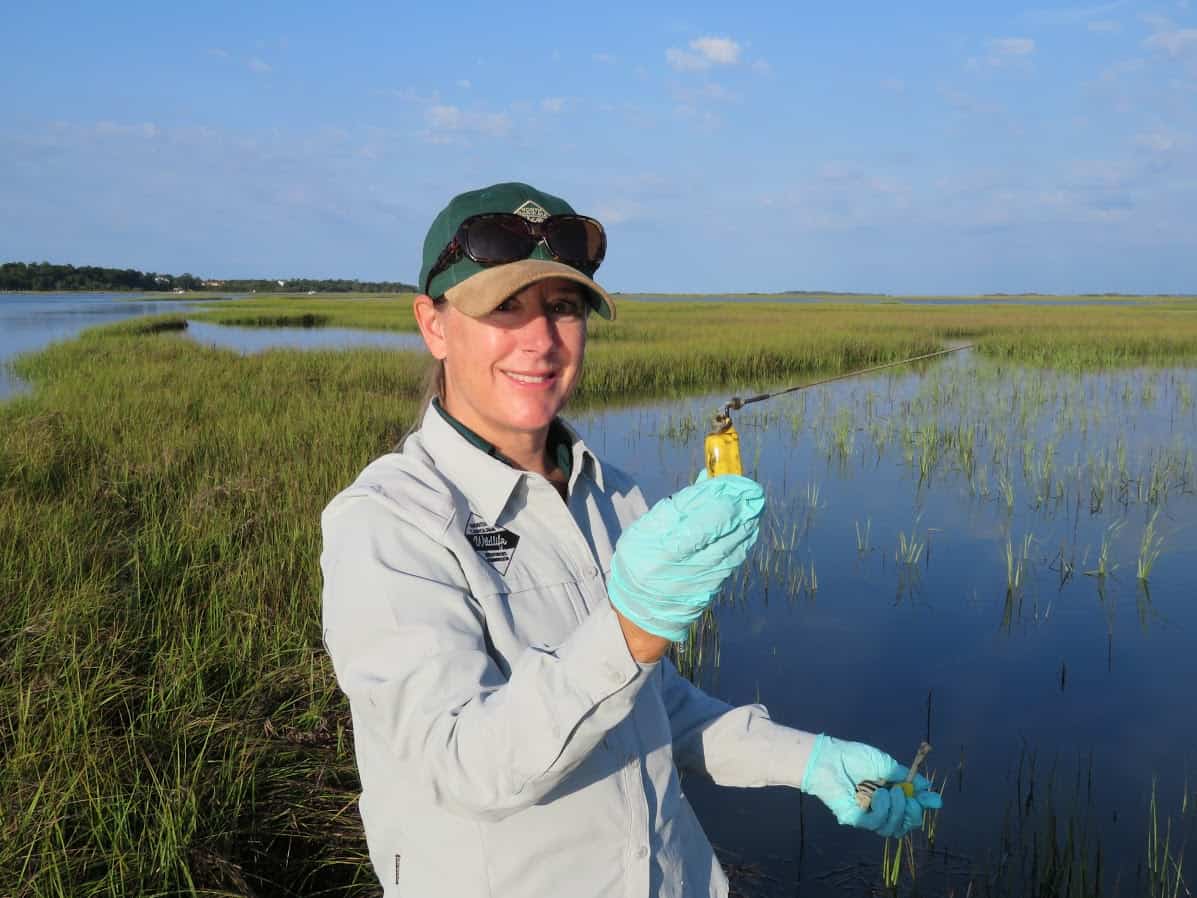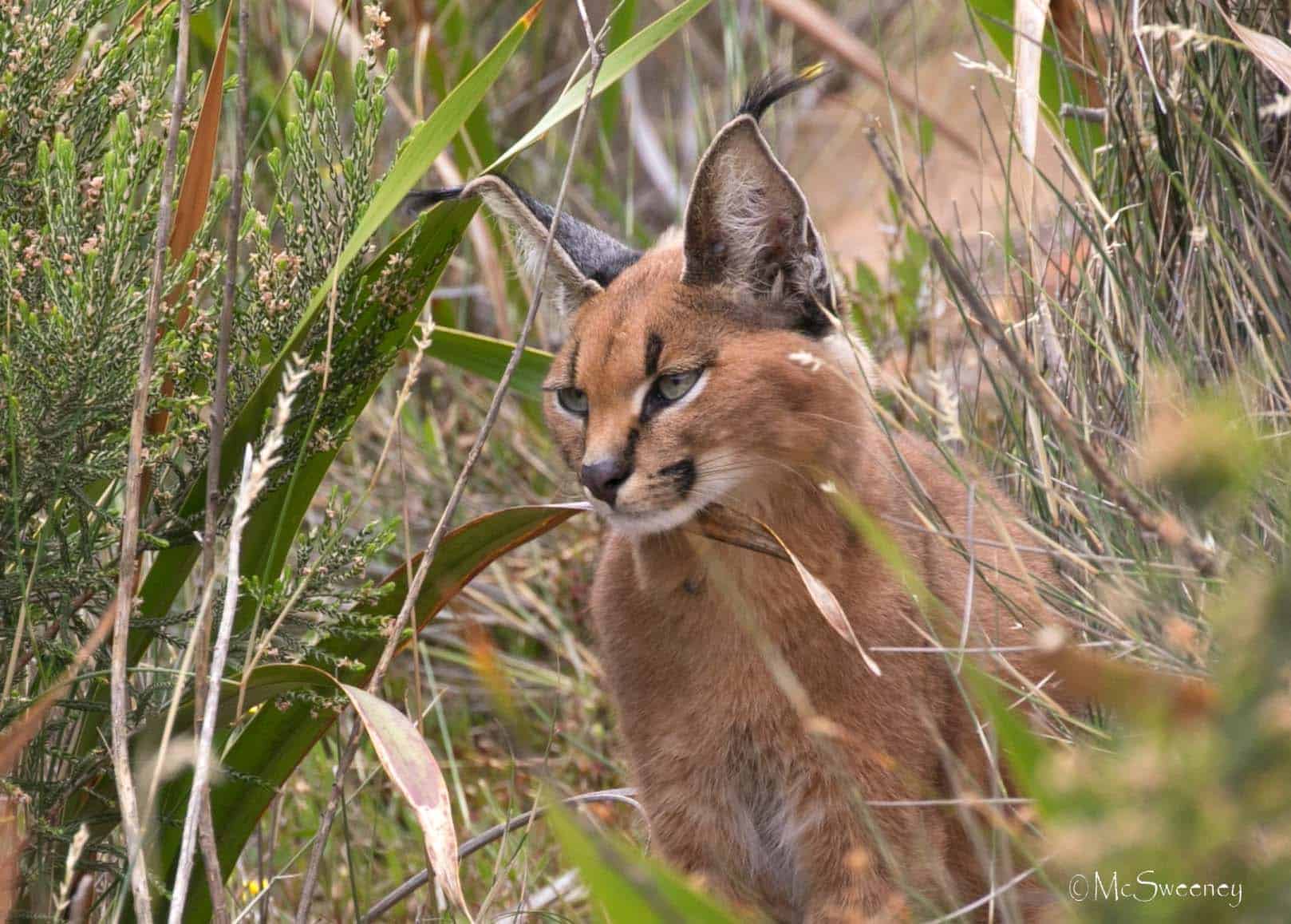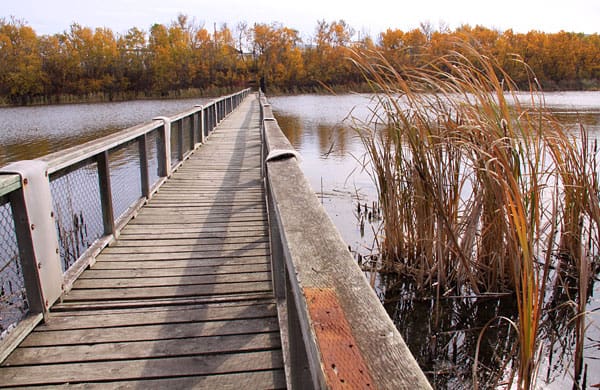Share this article
Hawaiian hawk delisting again open for comments
Once found on six islands of the Hawaiian archipelago, the Hawaiian hawk (Buteo solitarius), or ‘io in Hawaiian, now lives only on the Big Island. Its population was estimated at 3,000 in 2014, exceeding the recovery plan goal of 1,500 to 2,500 birds in the wild and is thought to have been stable since the late 1990s. The only hawk species native to Hawaii, the Hawaiian hawk was first listed as endangered in 1967, when its population dropped to just a few hundred birds.
In 1997, a petition was submitted to have the Hawaiian hawk removed from the endangered species list. That proposal was not immediately acted upon due to other listing and delisting priorities, but in 2008 the Service proposed removing the hawk from ESA protections. Over 80 public comments were submitted during that comment period. USFWS then reopened the comment period in 2009, garnering just a handful of new comments, and again in 2014, when over 50 additional comments were submitted.
The most recent call for public comments is not the result of new population data, but the Service does note that several recent restoration efforts have benefitted the hawks, such as the Hawaiian Legacy Reforestation Initiative and the successful deployment in 2012 of a biocontrol agent for invasive strawberry guava trees.
USFWS is requesting comment on the post-delisting monitoring plan drafted in 2008, as well as any new information about the species’ biology, range and population trends; possible effects of land management practices; potential effects of climate change; and other factors.
The Service is accepting comments on the proposal until Nov. 29 and plans to issue a final rule determining the hawk’s status by the end of 2018.
Header Image: The U.S. Fish and Wildlife Service is again taking public comments on the possible delisting of the Hawaiian hawk. ©Pat McGrath








